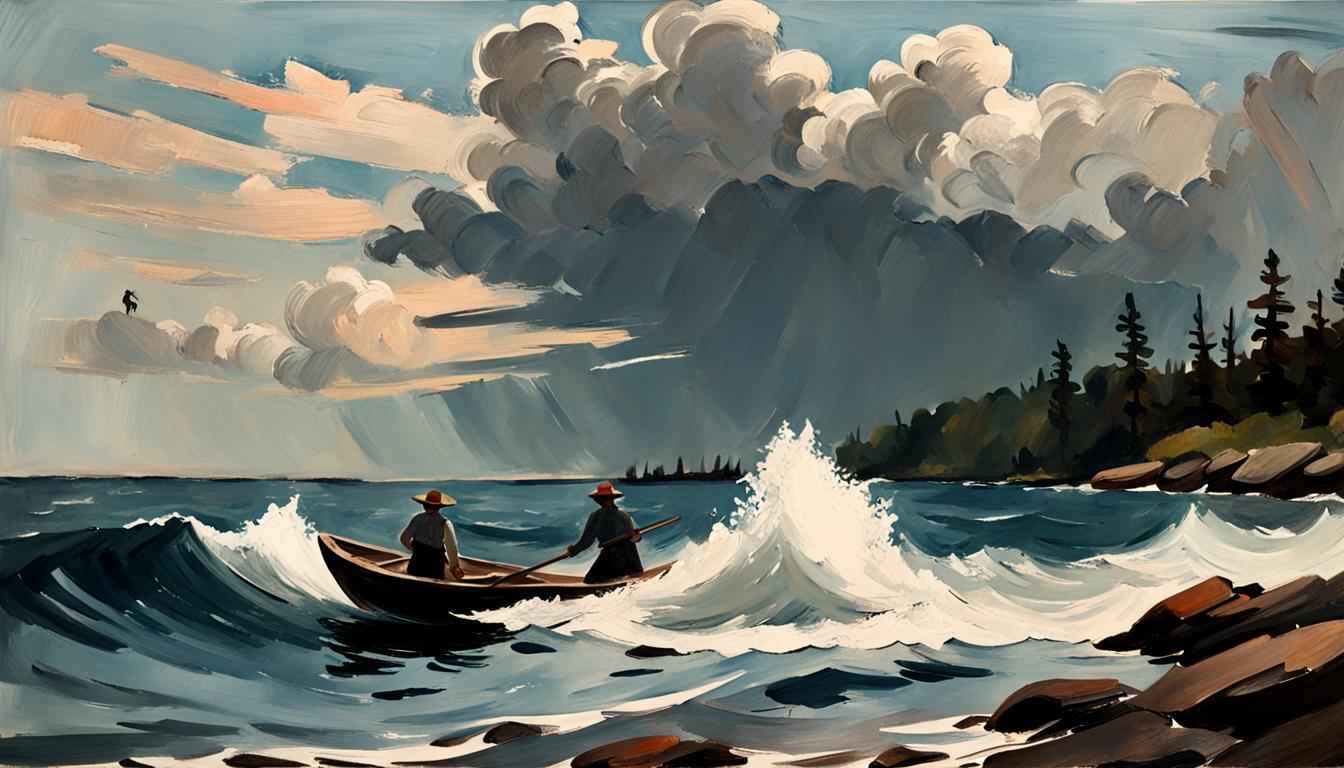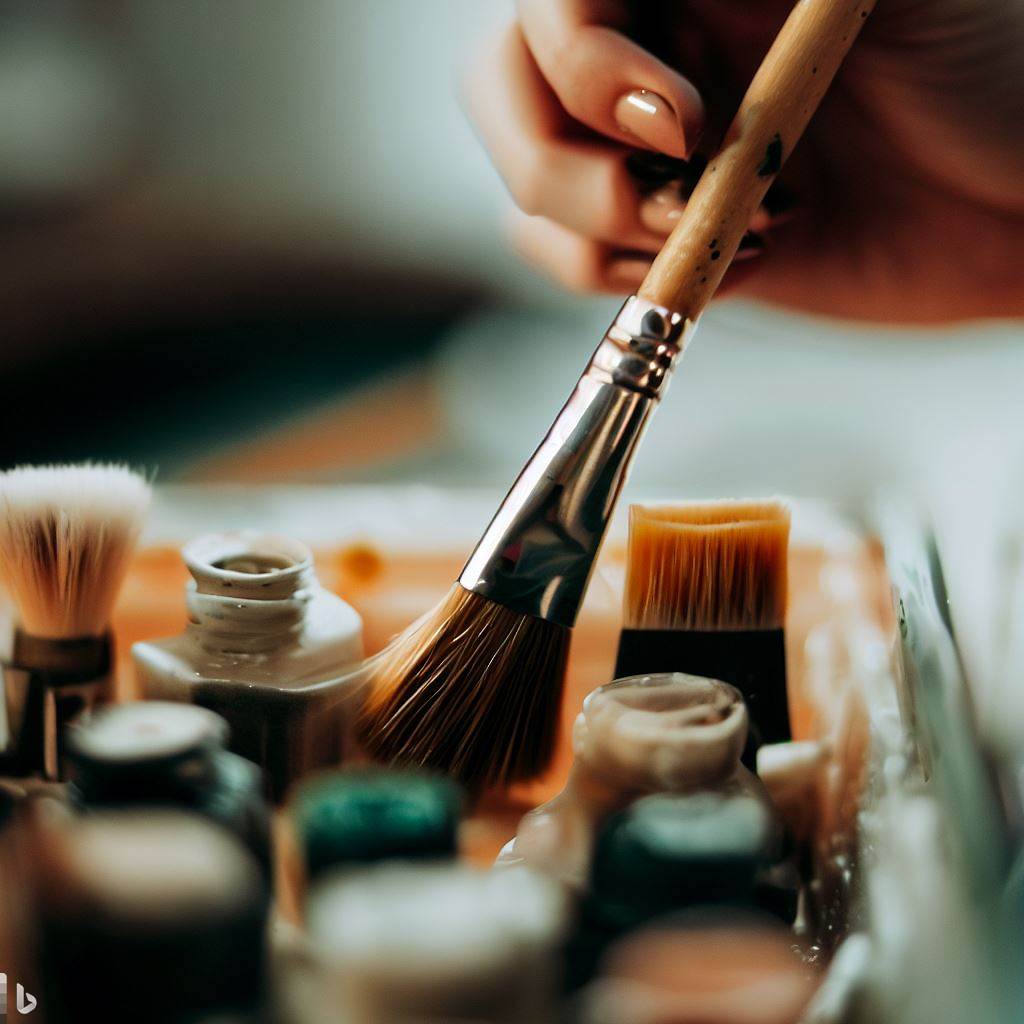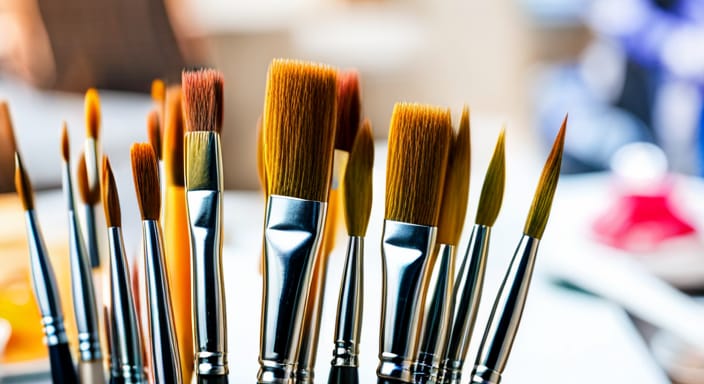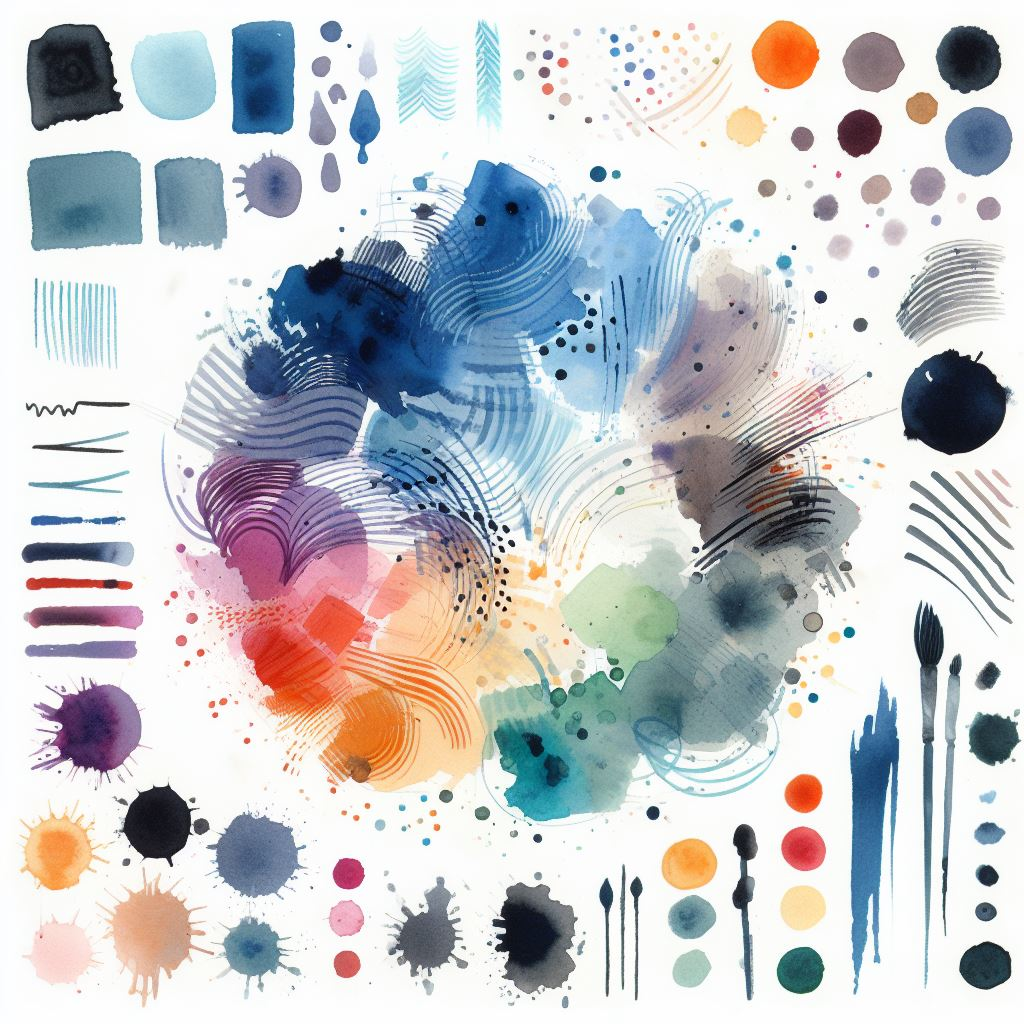
Watercolor brush strokes are the foundation of watercolor painting. By learning how to create different types of brush strokes, you can create a wide range of effects, from soft and delicate to bold and expressive. This comprehensive guide for beginners will teach you the basics of watercolor brush strokes, including:
- How to choose the right brush for different strokes
- How to load your brush with paint
- How to apply different types of brush strokes
- How to control your brushstrokes
If you need more information about Brushes read our Guide::Watercolor Brush Types: A Comprehensive Guide
Types of Watercolor Brush Strokes
There are many different types of watercolor brush strokes, each with its own unique effect. Here are some of the most common brush strokes:
- Flat wash: This stroke is used to create a smooth, even layer of paint. To create a flat wash, load your brush with paint and apply it to the paper in a smooth, even motion.
- Gradated wash: This stroke is used to create a gradual transition from one color to another. To create a gradated wash, load your brush with paint and apply it to the paper in a series of light, overlapping strokes.
- Dry brush: This stroke is used to create a textured effect. To create a dry brush stroke, load your brush with a small amount of paint and dab it onto the paper.
- Wet on wet: This technique is used to create soft, blended effects. To use the wet on wet technique, apply a layer of wet paint to the paper and then apply another layer of wet paint on top. The two layers of paint will blend together to create a soft effect.
- Wet on dry: This technique is used to create sharp, defined edges. To use the wet on dry technique, apply a layer of wet paint to the paper and then allow it to dry completely. Once the paint is dry, apply another layer of paint over it. The two layers of paint will not blend together, creating sharp edges.
How to Control Your Watercolor Brushstrokes
There are a few key things to keep in mind when controlling your watercolor brushstrokes:
- Brush pressure: The amount of pressure you apply to your brush will affect the thickness and opacity of your strokes. Lighter pressure will create thin, translucent strokes, while heavier pressure will create thick, opaque strokes.
- Brush angle: The angle at which you hold your brush will also affect the type of stroke you create. Holding your brush vertically will create sharp, thin strokes, while holding your brush at an angle will create wider, softer strokes.
- Brush speed: The speed at which you move your brush will also affect the type of stroke you create. Moving your brush slowly will create smooth, even strokes, while moving your brush quickly will create textured, expressive strokes.
Tips for Beginners
Here are a few tips for beginners who are learning watercolor brush strokes:
- Start by practicing basic strokes, such as flat washes and gradated washes. Once you have mastered these basic strokes, you can start to experiment with more complex strokes.
- Don’t be afraid to experiment. Watercolor is a forgiving medium, and it’s easy to correct mistakes.
- Practice regularly. The more you practice, the better you will become at controlling your brushstrokes.
Examples of Brush Strokes used by the Masters of Watercolor
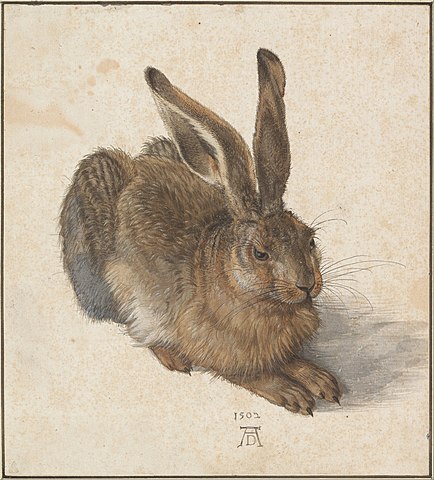
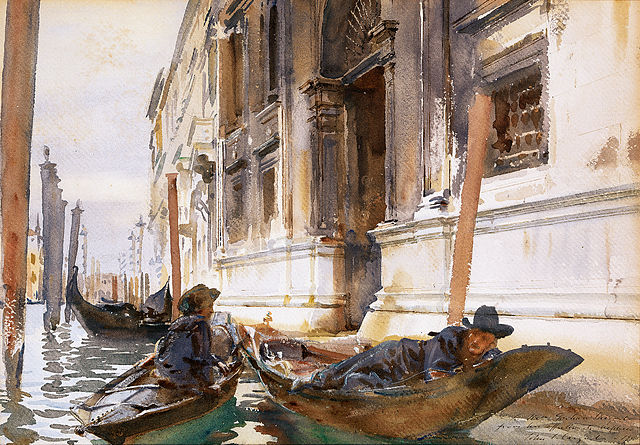
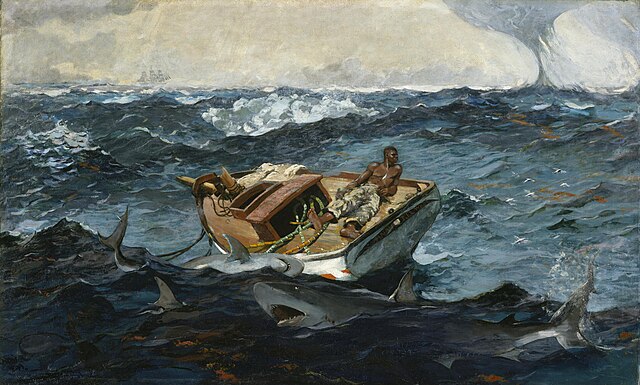
| Artist Name | Type of Brush Strokes | Example of Watercolor Painting with Description | |
|---|---|---|---|
| Winslow Homer | Flat washes, gradated washes, dry brush, wet on wet, wet on dry | The Gulf Stream (1899) is a famous watercolor by Winslow Homer that depicts a lone African-American sailor in a boat surrounded by sharks. Homer used a variety of brush strokes to create this painting, including flat washes to create the smooth, even background and gradated washes to create the sense of distance. He also used dry brush to create the textured effect of the water and wet on wet to create the soft, blended effect of the clouds. | |
| John Singer Sargent | Loose, expressive brush strokes | John Singer Sargent used a variety of brushstrokes in his watercolor painting, Gondoliers’ Siesta. He used both loose, expressive brushstrokes and more delicate, controlled brushstrokes. He also used a variety of colors to create a sense of depth and atmosphere. | |
| Albrecht Dürer | Delicate washes, bold, expressive strokes | A Young Hare (1502) is a watercolor by Albrecht Dürer that depicts a young hare. Dürer used delicate washes to create the soft, fur of the hare and bold, expressive strokes to create the texture of the ground and the background. | |
| Emily Carr | Bold, expressive brush strokes | The Big Tree (1937) is a watercolor by Emily Carr that depicts a large, old cedar tree. Carr used bold, expressive brush strokes to create the sense of power and majesty of the tree. She also used a variety of colors to create a sense of depth and atmosphere. | |
| Charles Burchfield | Loose, expressive brush strokes | April Showers (1926) is a watercolor by Charles Burchfield that depicts a spring landscape. Burchfield used loose, expressive brush strokes to capture the sense of movement and energy in the painting. He also used a variety of colors to create a sense of depth and atmosphere. |
Conclusion
Watercolor brush strokes are the key to creating beautiful watercolor paintings. By learning how to create different types of brush strokes, you can create a wide range of effects, from soft and delicate to bold and expressive.
With practice, you will be able to master watercolor brush strokes and create your own unique watercolor paintings.
